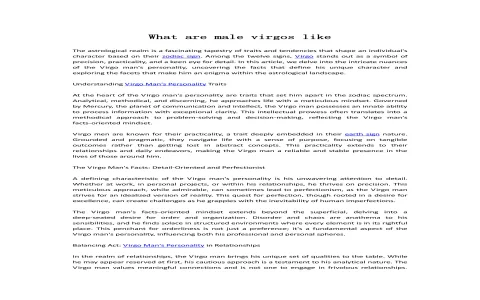Man, dealing with a kid who sees flaws everywhere—especially yours—is a masterclass in patience, and honestly, it used to drive me completely up the wall. I’m not talking about normal kid complaining. I’m talking about clinical, detailed assessments of every single decision I made as a parent, a chef, or a driver. My youngest, born right at the tail end of August, started showing that classic Virgo streak early. It wasn’t just wanting things neat; it was needing things perfect, and if they weren’t, the analysis—the criticism—was brutal.
The Event That Forced Me To Change My Approach
I tried the standard stuff for years. Ignoring it, telling him to stop being rude, imposing stricter rules. None of it worked. It just made him quieter and more judgmental, or he’d get defensive, seeing himself as the only rational person in a chaotic environment (which was apparently my house). The absolute breaking point happened last spring during a simple road trip.
I was navigating using the phone. I took a detour the map suggested to avoid construction. He immediately piped up from the back seat, detailing exactly why my route was inefficient. “Dad, if you had taken the exit three miles back, the average speed calculation shows we would save 4.8 minutes, minimum. This route is sloppy planning.”
I lost it. I pulled the car over, not because I was mad about the critique itself, but because I realized I couldn’t have a peaceful afternoon without being constantly measured and found wanting. I knew right then I couldn’t just keep reacting. I had to stop viewing the criticism as disrespect and start viewing it as a personality trait I needed to manage, like managing a difficult piece of software.
The Start of the Structured Practice: Documentation
I went home and implemented my first step: Observation and Documentation. I literally kept a notebook for two weeks, cataloging every instance of criticism. What triggered it? What was the exact wording? How did I react? I learned fast that the critiques weren’t attacks; they were attempts to restore control and order in a world they perceived as messy.
I identified three core areas that caused the most friction: chores, school work, and my execution of basic household tasks.
Deploying the Counter-Measures: Three Practical Hacks
My goal wasn’t to eliminate the critical streak—that’s who they are—but to redirect the energy or satisfy the control need before the criticism could fully launch. I started rolling out specific behavioral tools, testing them like A/B scenarios.
Phase 1: The Pre-Critique Tactic
- The Problem: Whenever I helped him with a project, he would immediately scrutinize my work, finding small errors that derailed the whole process.
- The Fix: I started deliberately introducing a minor, non-essential flaw and pointing it out myself before he could. I called this “Stealing the Flaw.” If we were setting the table, I’d say, “Oops, I know I put the forks on the wrong side again, my brain isn’t working today.”
- The Result: It stripped the power away from his critical analysis. By acknowledging imperfection first, I satisfied his need to identify the mistake. He would usually just nod, maybe correct the fork placement, and move on without the customary lecture. I beat him to the punch, and he had nothing left to optimize.
Phase 2: The Two-Choice Control Grid
- The Problem: Giving him instructions (e.g., “Clean your room now”) often resulted in him arguing about the optimal method or the timing, leading to a long, drawn-out fight about logistics.
- The Fix: I completely removed open-ended instructions and replaced them with forced, limited choices. I made sure both options still resulted in the desired outcome. For example, instead of “Do your laundry,” I’d ask: “Do you want to fold your shirts first, or do you want to tackle the socks right now?“
- The Result: The criticism stops because he’s busy processing the best logistical solution between the two provided options. He feels in control of the process while I maintain control of the outcome. It’s a total win-win if you can swallow your pride and let him organize his tasks his way.
Phase 3: The Process Praise Over Product Praise
This was the hardest shift, but the most effective long-term tool. These kids don’t need praise for perfection—they expect it. What they crave is validation for their effort, which is usually meticulous and detailed. Praising the outcome just pressures them.
I stopped saying “Your report card is perfect!” and started focusing on the traits I observed.
- New Approach: After a tough week of studying for a test, I’d pull him aside and say, “I watched you review those notes four separate times and organize them by topic. That level of diligence is going to pay off in everything you do.“
- The Payoff: By praising the diligence, the focus, or the persistence, I acknowledged the value of the hard work they put into achieving order. The criticizing behavior quieted significantly because his internal need for competence was validated by me noticing the effort, not just the result.
Look, it’s not a magic bullet. He still tries to reorganize my pantry sometimes. But the difference is huge. I learned to stop defending myself against an eight-year-old’s need for order and started managing that need strategically. My house is calmer, and he actually feels more respected because I’m validating his desire for things to be organized, rather than constantly fighting it.





